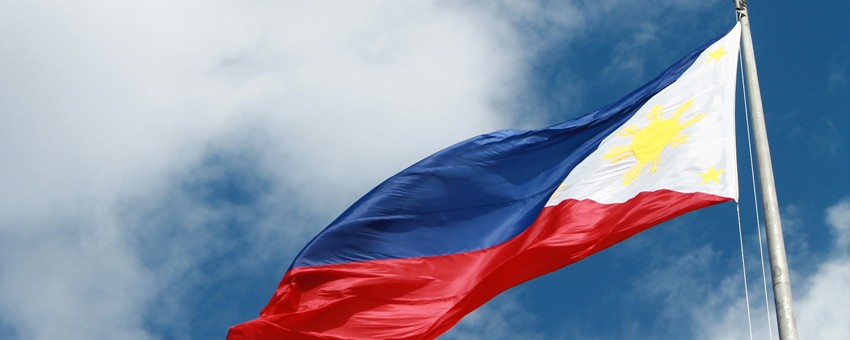
MANILA, Philippines — The Philippines is expected to remain the fastest-growing economy in the Association of Southeast Asian Nations (ASEAN) region this year, bolstered by low inflation and room for monetary easing.
However, global uncertainties, weak private sector sentiment and persistent trade imbalances could temper the pace of expansion, according to two research groups.
Aris Dacanay, ASEAN economist at HSBC, said the Philippines is expected to post the fastest economic growth in Southeast Asia in 2025 at 5.4 percent, outpacing its regional peers despite a downgrade from an earlier 5.9 percent projection.
Vietnam, which is often seen as a regional growth leader, is forecast to expand by a slower 5.2 percent next year, followed by Indonesia (4.5 percent), Malaysia (4.2 percent), Singapore (1.7 percent) and Thailand (1.7 percent).
But at 5.4 percent, Philippine growth is projected to slow down from the 5.7 percent expansion recorded in 2024, as elevated tariffs and external headwinds weigh on economic activity, Dacanay said.
“Uncertainty alone can prevent foreign direct investments. For the Philippines, foreign direct investment is important, around 10 percent of capital formation is FDI-funded,” Dacanay said in a briefing.
“When investors hold back, that weighs on overall investment activity,” he said.
Dacanay noted that many Philippine firms are also holding off on capacity expansion, while demand from major trading partners like the United States remains weak.
Fortunately, he said the country’s direct exposure to the US economy is limited, with only about three percent of gross domestic product (GDP) tied to US demand.
“We still expect growth risks to be on the upside, especially with inflation running at 1.3 percent. This gives the Bangko Sentral ng Pilipinas (BSP) ample room to cut rates further, possibly down to five percent this year,” he said.
HSBC expects inflation to average 1.8 percent this year before picking up to 2.7 percent next year.
The next rate cut could also happen in October depending on the US Federal Reserve’s policy moves.
HSBC expects the peso to stabilize around the 55 level in the second half of 2025, which could boost capital inflows and support foreign investments.
Despite the external challenges, Dacanay said the Philippines remains resilient and projected 2026 growth at 5.8 percent, down slightly from a previous forecast of 5.9 percent.
Meanwhile, ANZ Research painted a more cautious picture, highlighting structural weaknesses in the private sector that could limit the recovery’s momentum.
“Private investment and exports have been hindered by a lack of productivity growth, while real wage growth has been insufficient to drive a strong rebound in household spending,” ANZ said in its latest economic outlook.
The research firm expects GDP to grow by 5.1 percent this year, down from 5.7 percent in 2024. It cited declining electronics exports and subdued manufacturing output as key drags on growth.
ANZ also flagged that consumption remains under pressure despite low inflation, as real incomes remain tight and households continue to rely on credit card debt for basic goods.
On monetary policy, ANZ expects the BSP to cut rates by another 50 basis points this year, bringing the policy rate to 4.75 percent. However, it warned that mildly restrictive fiscal policy could dilute the impact of monetary easing.
“While inflation is no longer a concern, we don’t expect a material rebound in domestic demand,” ANZ said. “The absolute price level remains high, and wage growth has not kept pace.”
Both analysts agreed that the BSP will likely take a data-dependent approach in the coming months, especially as geopolitical risks and oil price volatility could complicate the policy outlook.
“The peso’s reaction to recent oil shocks shows how vulnerable we remain to global supply disruptions,” Dacanay said. “But the BSP still has space to deepen its easing cycle, as long as inflation remains benign.”
SOURCE: https://www.philstar.com/business/2025/06/27/2453545/philippines-still-aseans-fastest-growing-economy